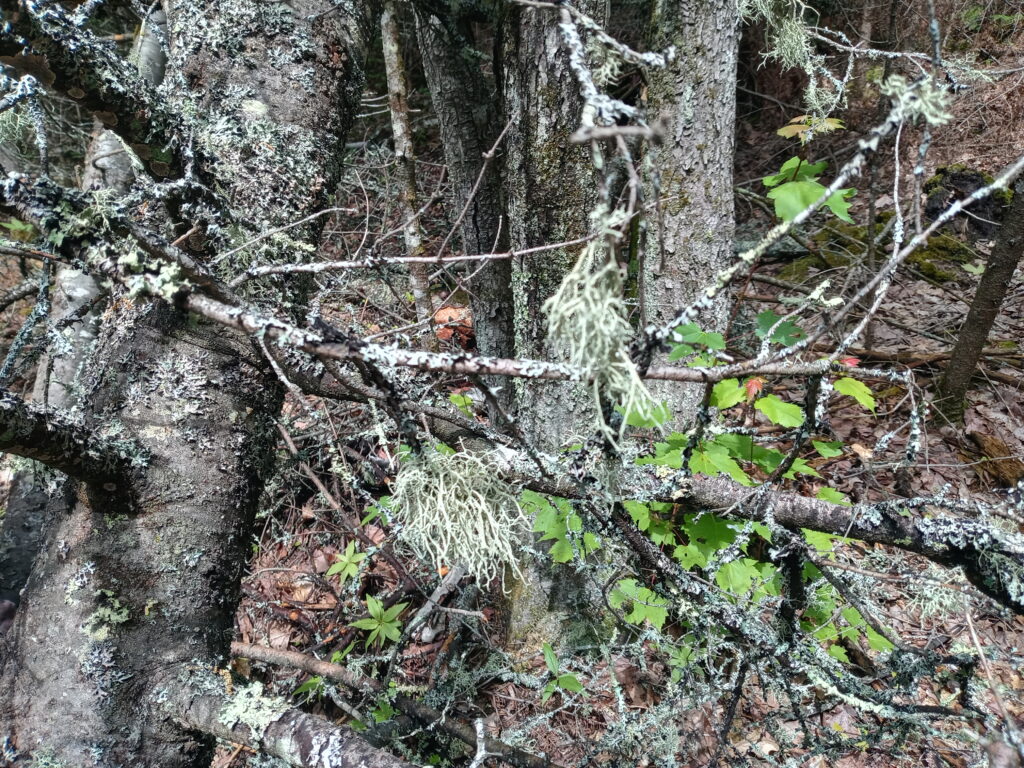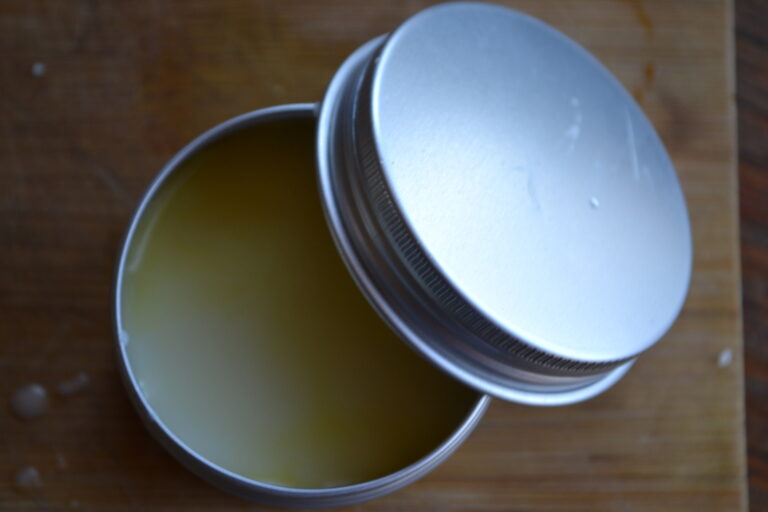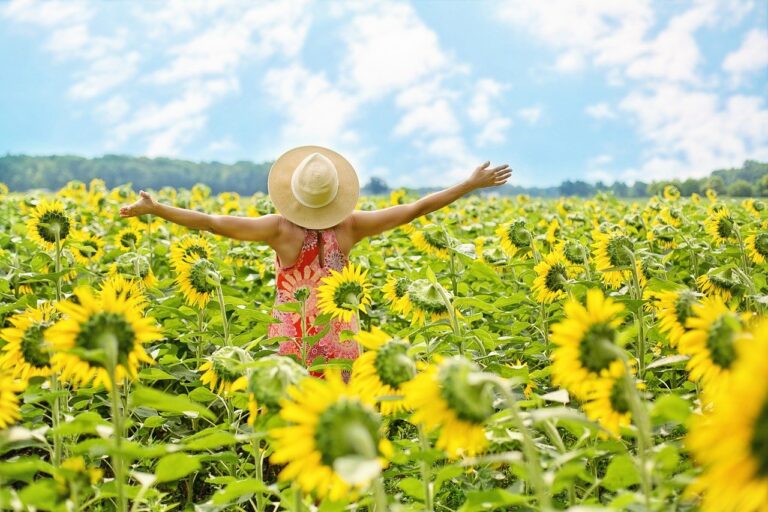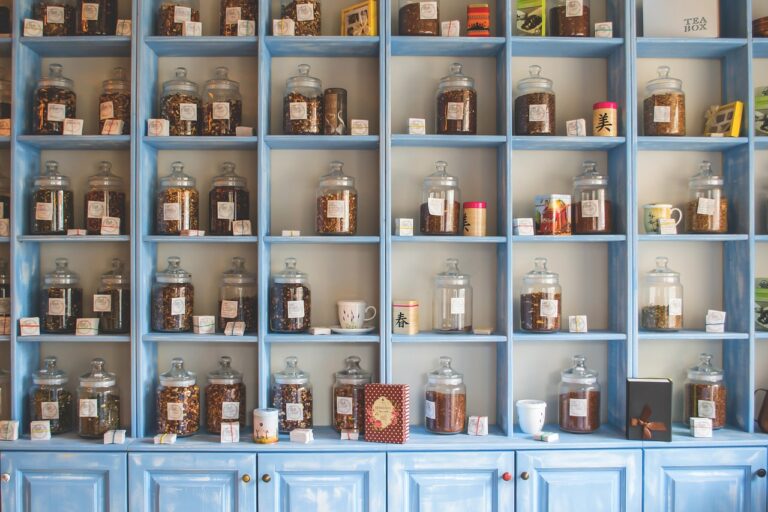Welcome to the Boreal Forest
One of the things I love about herbalism is that it really promotes a connection to land, to place, to nature. Of course there are lots of valid ways to practice herbalism that don’t involve all these but for me this connection through herbalism has enhanced my life in innumerable ways. This past month while taking my Intermediate Herbalism Summer Field Study, we studied some of the native bioregions of Wisconsin and Minnesota–boreal forest, deciduous forest, prairie, wetlands and bog.
What makes up each bioregion?
Each bioregion is defined by the plants that call it home as well as temperature, rainfall, etc. I found it fascinating how each bioregion had a completely different feel and look. Today I will share one of my favorites with you.
Welcome to the Boreal Forest
Boreal forests circle the globe the the northern part of the northern hemisphere. These forests are defined by pines and other ever greens as well as moss. I personally feel a strong connection to these forests. With rising temperatures around the world we are in danger of loosing them–all the more reason to connect with the earth now in a meaningful way.











